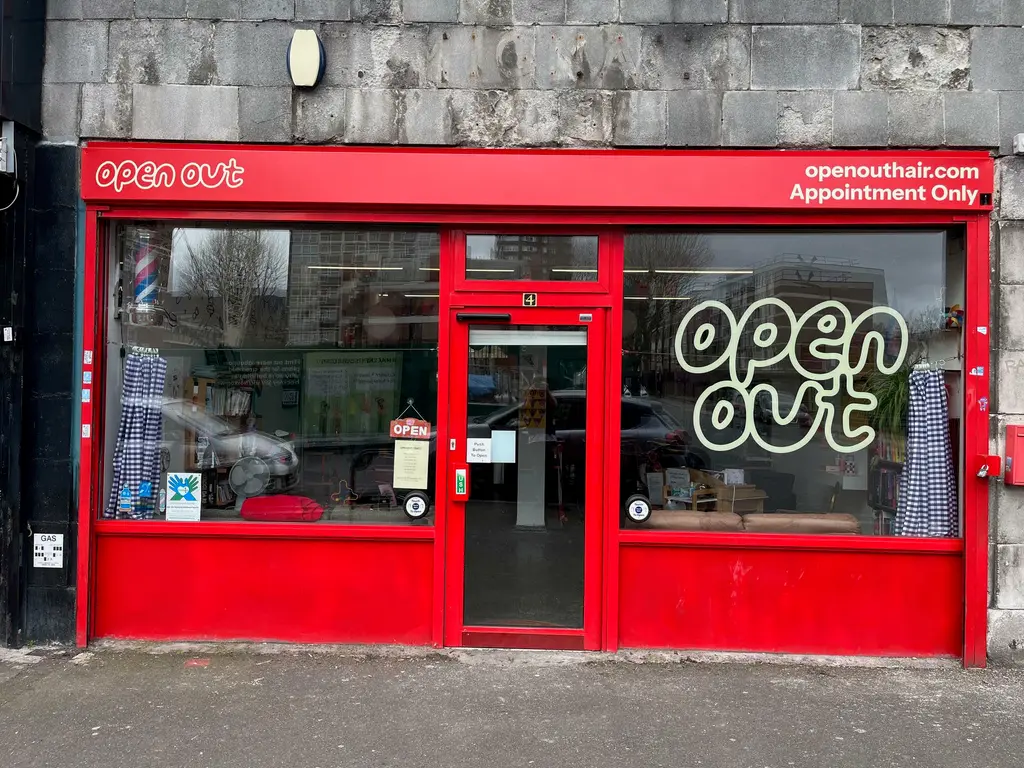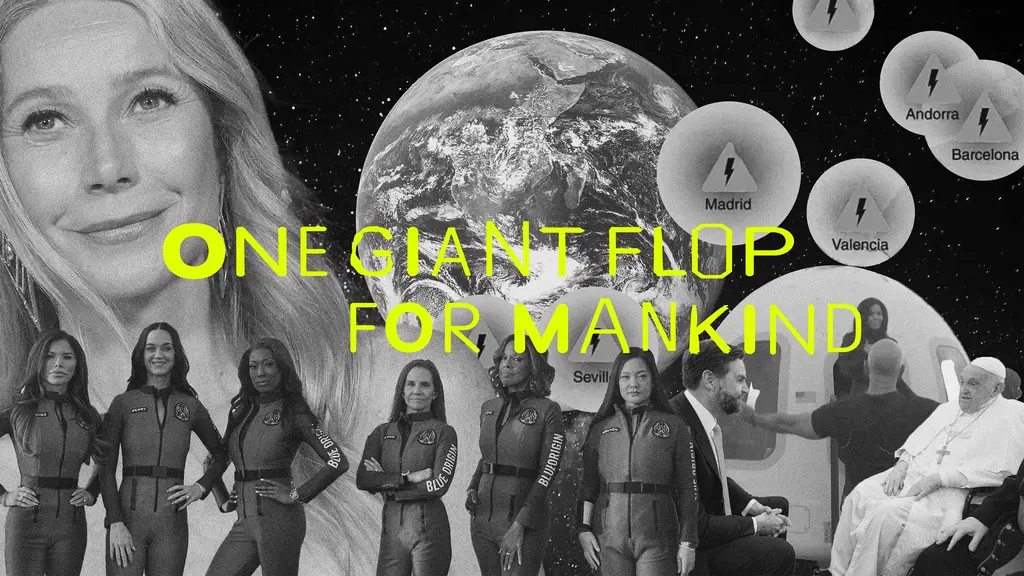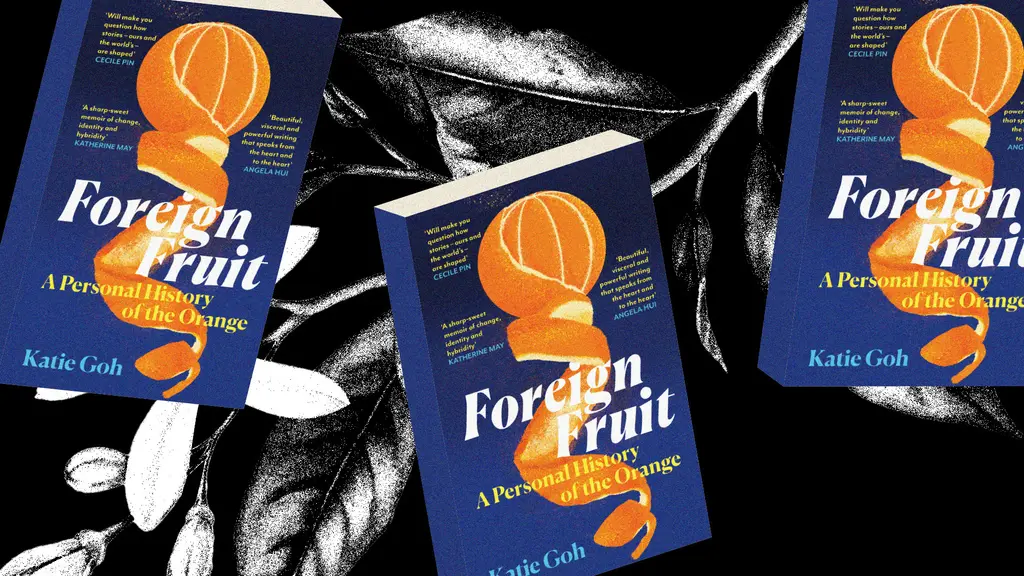Surreal images of life on the fringes of British society
- Text by Isaac Muk
- Photography by Oliver Frank Chanarin

Between 2000 and 2002, Oliver Frank Chanarin was a few years into what would be a fruitful, decades-long artistic partnership with Adam Broomberg. As Creative Directors of COLORS – a culture magazine funded by global fashion brand Benetton – Broomberg and Chanarin were exploring the possibilities documentary photography afforded them.
“I love photography, because it allowed me to have these extraordinary engagements with worlds that I didn’t have access to without a camera,” Chanarin says. “The work we made then ended up being collected together in our book called Ghetto – we were in a number of psychiatric hospitals, prisons, we went to a Russian military base and an old age home in America, and a [Romani] camp in Macedonia.”
While the work was well received, the pair came to question the limits of their practice, and the nature of their work as photographers within these far-flung places of the world.
“We both became quite unhappy about making that kind of photography, or quite suspicious of it, and uncomfortable with our role,” he continues. “What were we doing going into places? What was our relationship to the people we were documenting? And then more importantly once the image is made how does that connect with our initial engagement with the person and their expectations of that? Because every image has a life.”


This would lead the pair to stray away from documentary work, and towards the more conceptual style that would come to define their art. But after Broomberg & Chanarin went their separate ways in 2021, Chanarin saw a chance to return to those early 00s roots. “I was really unsure about what I cared about anymore in terms of my photographic practice,” he explains. “And although I had a lot of doubts about making documentary photographs, I just felt like going back to the beginning and revisiting that form of engagement with the world using a camera.”
His new photobook A Perfect Sentence, is the product of that reset in outlook. Starting in 2021, as the UK emerged from cycles of pandemic lockdowns, he travelled across the country – from Cardiff to Great Yarmouth, via Plymouth and Norfolk – with the aim of creating a “photographic survey” of the country. From a West Indian community centre to fetish clubs and homeless shelters, Chanarin’s pictures form a disquieting portrait of life on the less seen fringes of British society.
But soon after beginning the project, he found himself faced with several of those same questions and contradictions that had pushed him away in the first place. “I immediately encountered so much anxiety and suspicion around my presence through the camera,” Chanarin says. “The kind of anxiety about people having their picture taken and what would happen to them, and who was I taking them? I feel like we live in this moment where the biography of the artist is everything, so I was very self-conscious about what I represented.”
Those anxieties manifest in the photographs. Left deliberately unfinished in the darkroom, with crop etchings and exposure guides scribbled on, the pictures and arrangement are filled with stressful juxtapositions, yet remain undeniably British in subject. From a drag queen tucking into a hamburger to a man crouched against a wall with a knife in his back, they say as much about the subjects and life in the UK as much as Chanarin’s own discomfort with his presence behind the lens.
That lack of completeness is also reflected in the title of the book. “I was listening to an interview with the poet and writer Hanif Abdurraqib," Chanarin explains, "And he was talking about his writing process and how he spent weeks trying to write the perfect sentence – and there’s 20 bad sentences before he hits on the right one, and this kind of striving to say something and articulate what you want to say but always failing.
“I just felt that was very similar to my experience of making photographs," he continues. "A Perfect Sentence resonated with me with the struggle of getting it right but never quite getting there. Perfect is an aspiration that I never quite achieve.”
A Perfect Sentence by Oliver Frank Chanarin is published by Loose Joints.
Follow Isaac on Twitter.
Latest on Huck

Meet the trans-led hairdressers providing London with gender-affirming trims
Open Out — Since being founded in 2011, the Hoxton salon has become a crucial space the city’s LGBTQ+ community. Hannah Bentley caught up with co-founder Greygory Vass to hear about its growth, breaking down barbering binaries, and the recent Supreme Court ruling.
Written by: Hannah Bentley

Gazan amputees secure Para-Cycling World Championships qualification
Gaza Sunbirds — Alaa al-Dali and Mohamed Asfour earned Palestine’s first-ever top-20 finish at the Para-Cycling World Cup in Belgium over the weekend.
Written by: Isaac Muk

New documentary revisits the radical history of UK free rave culture
Free Party: A Folk History — Directed by Aaron Trinder, it features first-hand stories from key crews including DiY, Spiral Tribe, Bedlam and Circus Warp, with public streaming available from May 30.
Written by: Isaac Muk

Rahim Fortune’s dreamlike vision of the Black American South
Reflections — In the Texas native’s debut solo show, he weaves familial history and documentary photography to challenge the region’s visual tropes.
Written by: Miss Rosen

Why Katy Perry’s space flight was one giant flop for mankind
Galactic girlbossing — In a widely-panned, 11-minute trip to the edge of the earth’s atmosphere, the ‘Women’s World’ singer joined an all-female space crew in an expensive vanity advert for Jeff Bezos’ Blue Origin. Newsletter columnist Emma Garland explains its apocalypse indicating signs.
Written by: Emma Garland

Katie Goh: “I want people to engage with the politics of oranges”
Foreign Fruit — In her new book, the Edinburgh-based writer traces her personal history through the citrus fruit’s global spread, from a village in China to Californian groves. Angela Hui caught up with her to find out more.
Written by: Katie Goh










